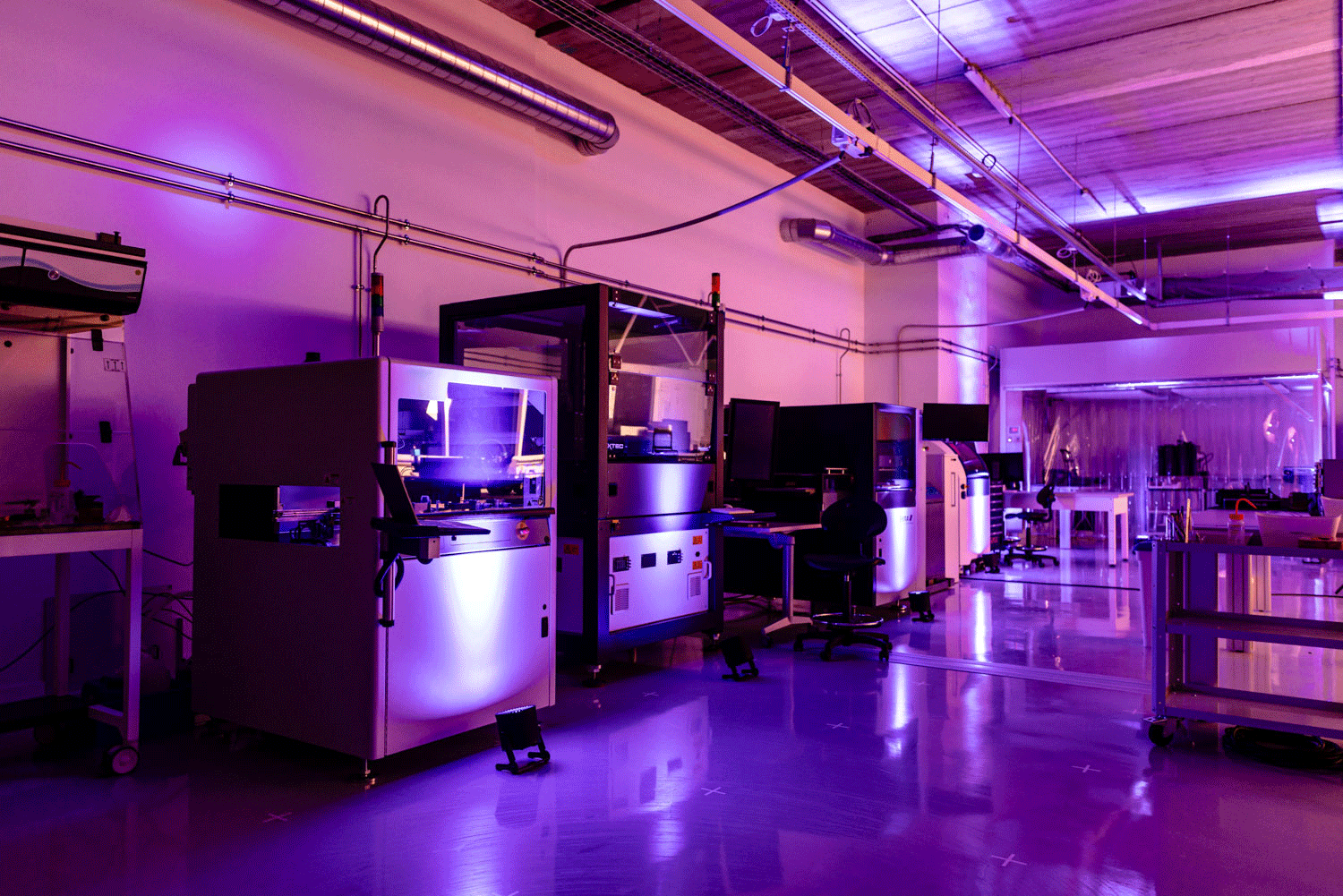"We had already won over a number of prospective customers with our prototypes; now we can reassure them regarding our industrial capabilities.” As co-founder and CEO Jean-Sébastien Moulet explains, Wormsensing has recently reached a decisive milestone, investing €3 million in its first production line in Grenoble. This line comprises generic equipment used in the semiconductor industry, but arranged in a very special configuration resulting in an exclusive manufacturing process.
1,000 times more accurate and 10,000 times more compact than competing solutions
"This equipment, found in fabs all over the world, ensures the quality and reproducibility of our products," notes Jean-Sébastien Moulet. No other industrial player is capable of manufacturing sensors like these, despite their principle being known since the 1950s: this is our unique selling point".
Facility operators needing to measure vibrations, whether for preventive maintenance of machinery or for infrastructure monitoring, currently use strain gages or accelerometers. Wormsensing products are 1,000 times more accurate than strain gages and 10,000 times more compact than accelerometers!
These flexible, miniaturized devices (150 microns - the breadth of a hair) can be installed in minutes on any type of substrate, or integrated into more complex systems such as machine tools or state-of-the-art industrial facilities.
"We can even implement vibration measurements in applications previously considered impossible; for example, to enhance enhancing human-machine interfaces in the automotive industry by integrating touch sensitivity into dashboards, steering wheels, door handles, etc. These developments will make vehicle functions more intuitive and easier to control."
A joint laboratory with the CEA
Wormsensing, borne of research by CEA-Leti and the CEA incubator program, has developed its technology based on 45 patents, including 20 CEA patents. A joint laboratory with CEA-Leti was set up in 2020, and renewed for three years in 2023. The lab is currently focusing on two priorities.
Firstly, supporting the ramp-up of the production line, which is already operating at an annual capacity of 200,000 components and set to reach two million by the end of 2024. Secondly, preparing future generations of sensors:
"They will withstand extreme temperatures and humid environments, for example, in order to cover more applications."
This industrial facility means the start-up can face the future with optimism. Building out the sales force is a priority, and headcount will increase from 18 to 24 employees in 2024. The company is planning a new fundraising round at the end of the year, after previously raising €7.5 million in 2022. "Within three years, we should be approaching 50 employees," adds Jean-Sébastien Moulet.
"Congratulations to the Wormsensing team on this major milestone. This inauguration is the culmination of discussions that began more than 6 years ago. At the time, we identified this technology as highly versatile and with a very broad application potential, ideal for the emergence of a start-up. The creation of Wormsensing and now the implementation of its pilot line are typical of the deeptech and industrial start-ups that we want to develop," concludes Jean René Lequepeys, CTO of CEA-Leti.
